Introduction to applied data science 101: Key concepts and methodologies
Data Science Dojo
AUGUST 30, 2023
It directly focuses on implementing scientific methods and algorithms to solve real-world business problems and is a key player in transforming raw data into significant and actionable business insights. Statistical analysis and hypothesis testing Statistical methods provide powerful tools for understanding data.

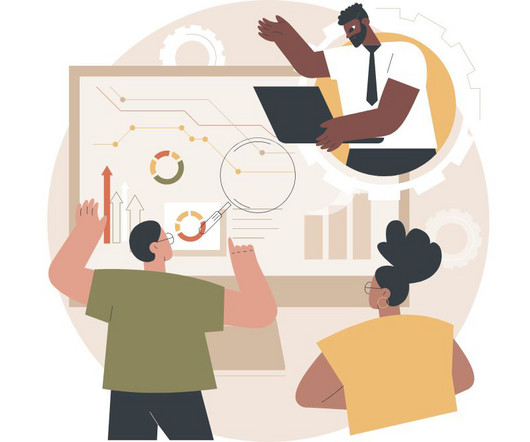
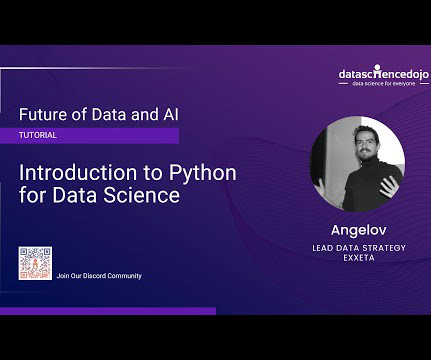
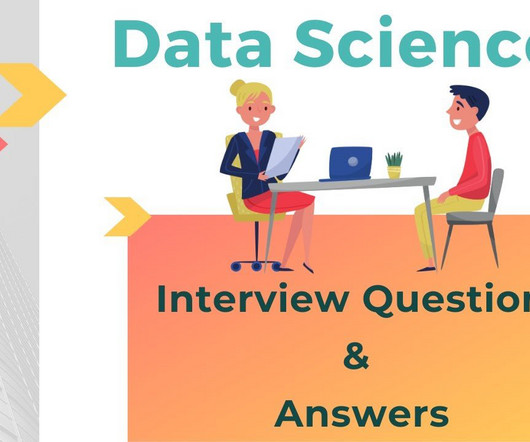


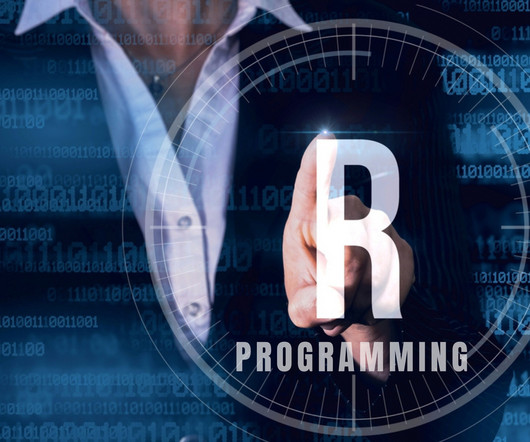
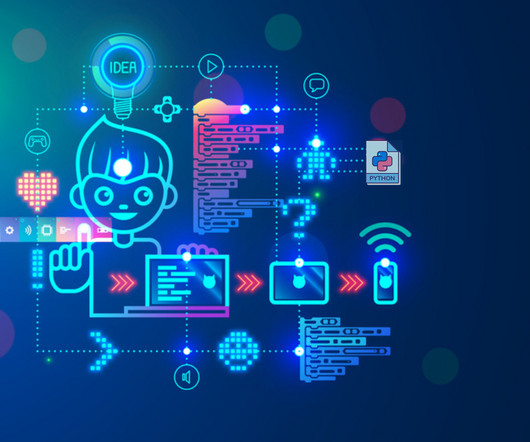
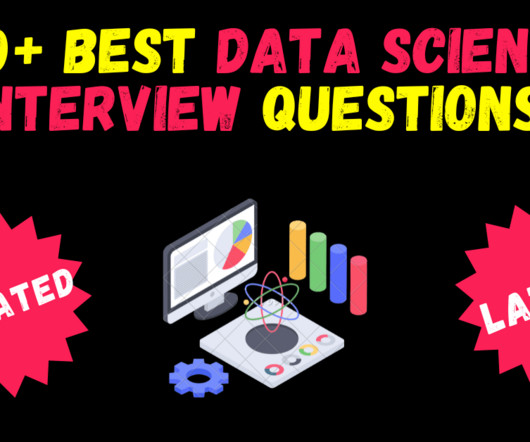
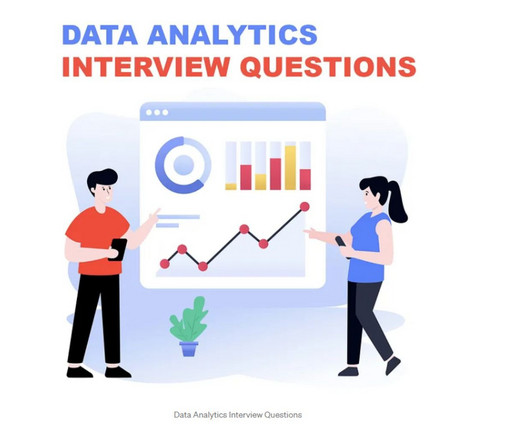






Let's personalize your content